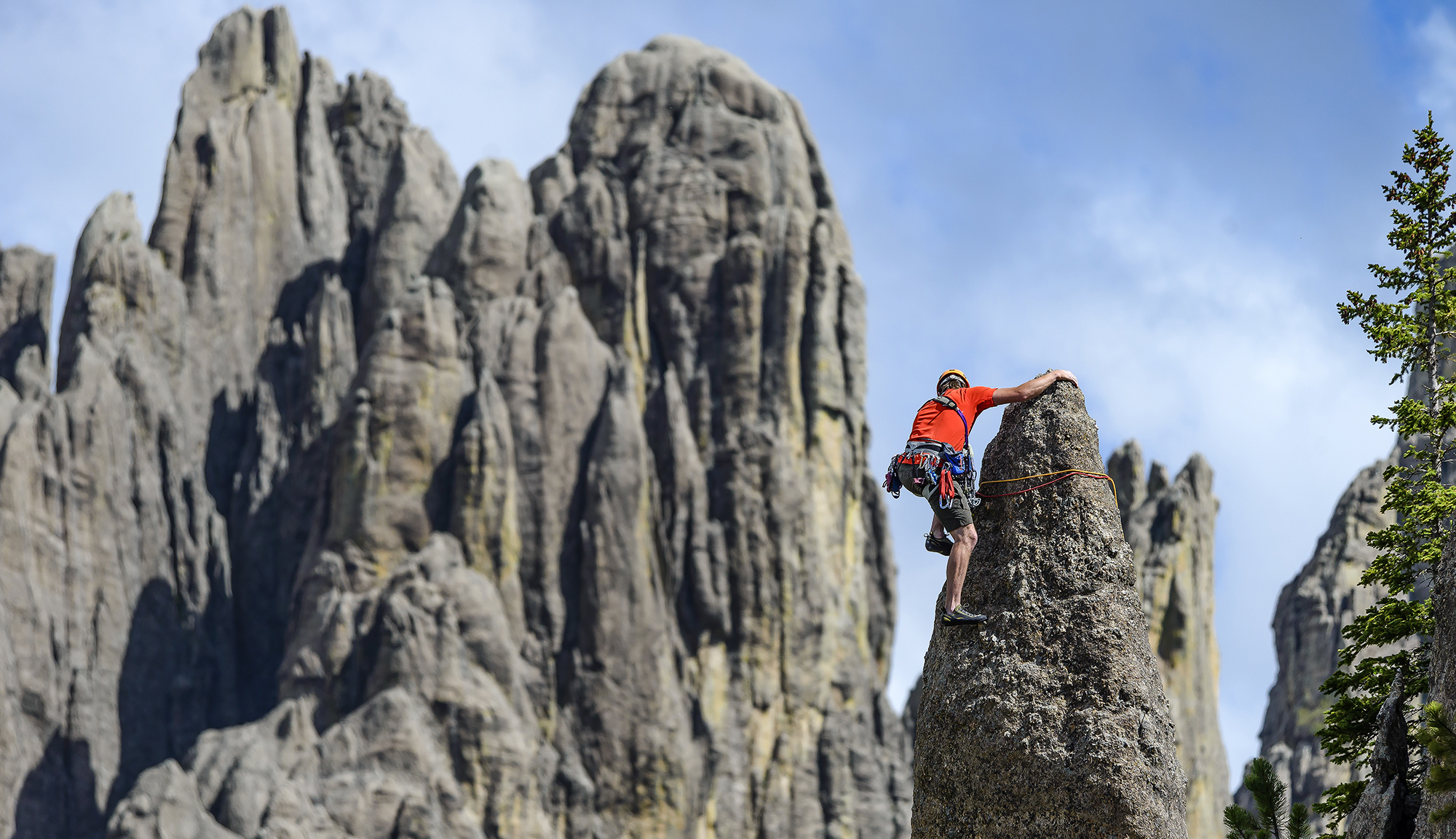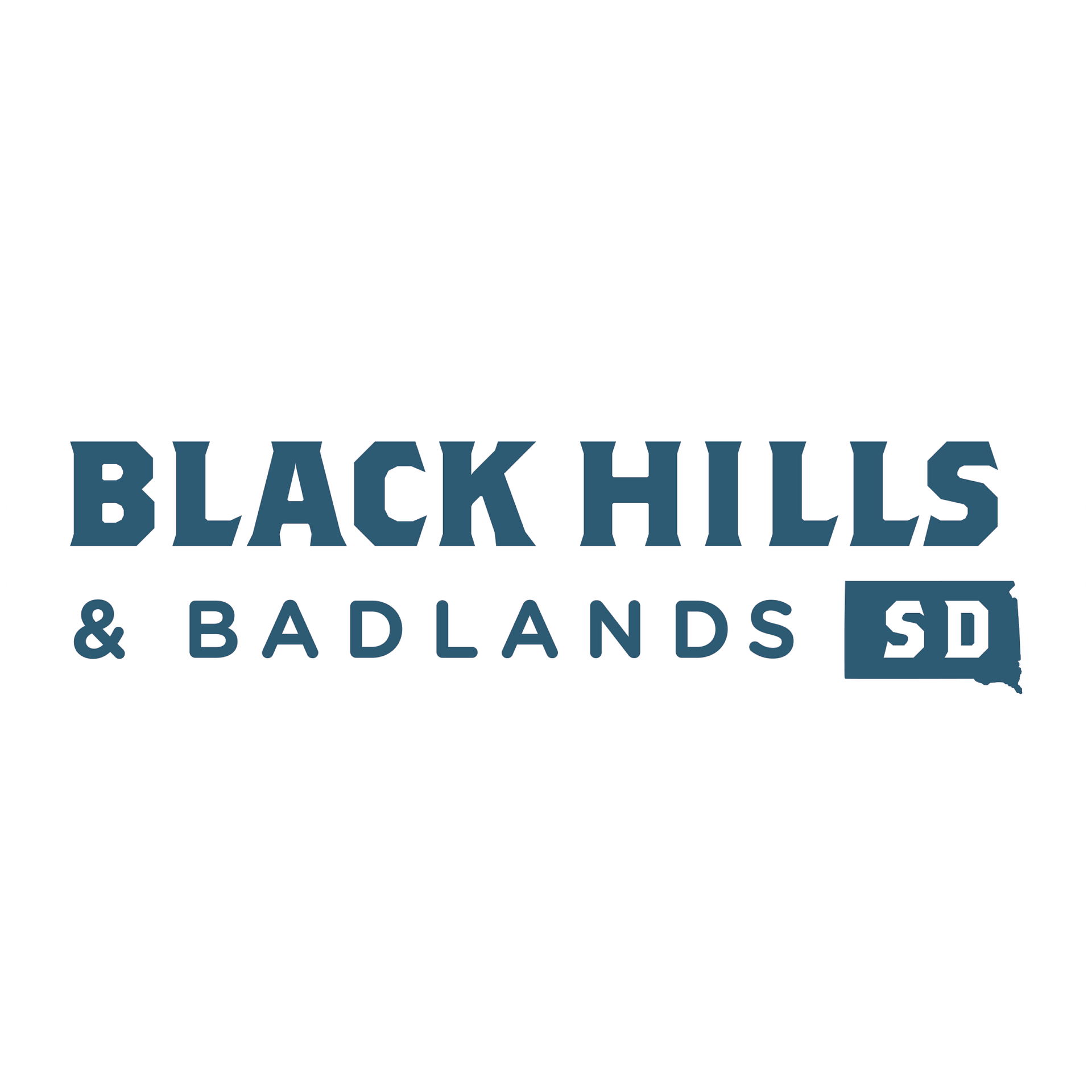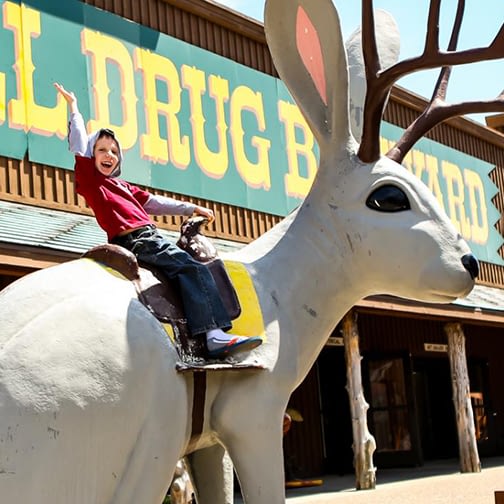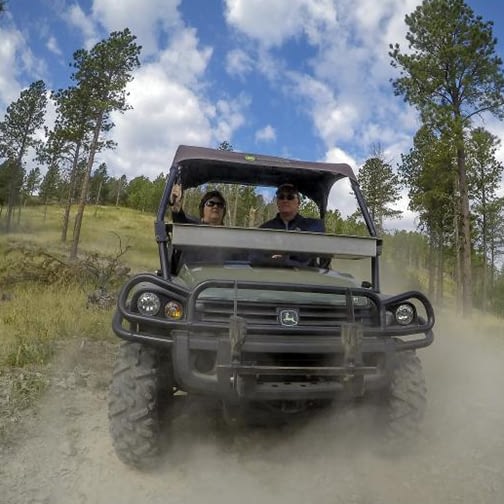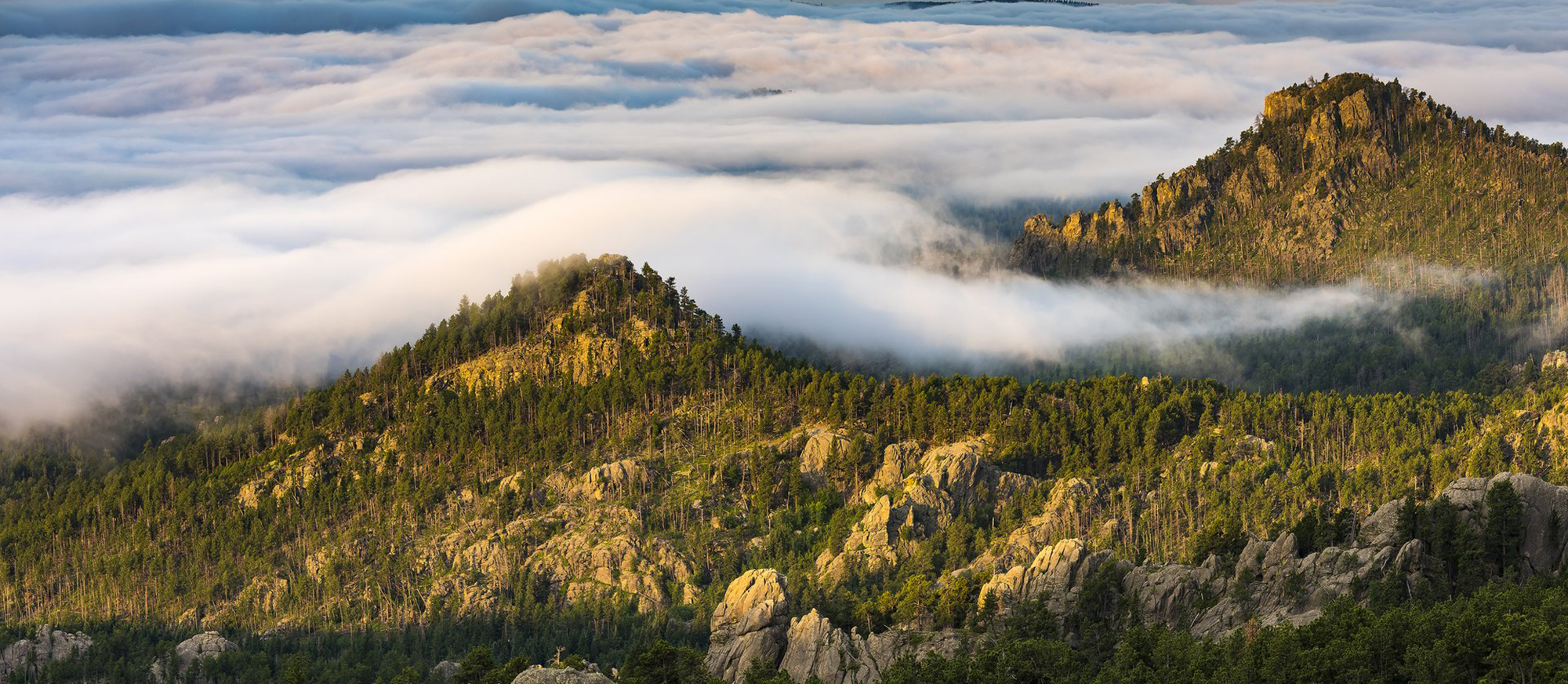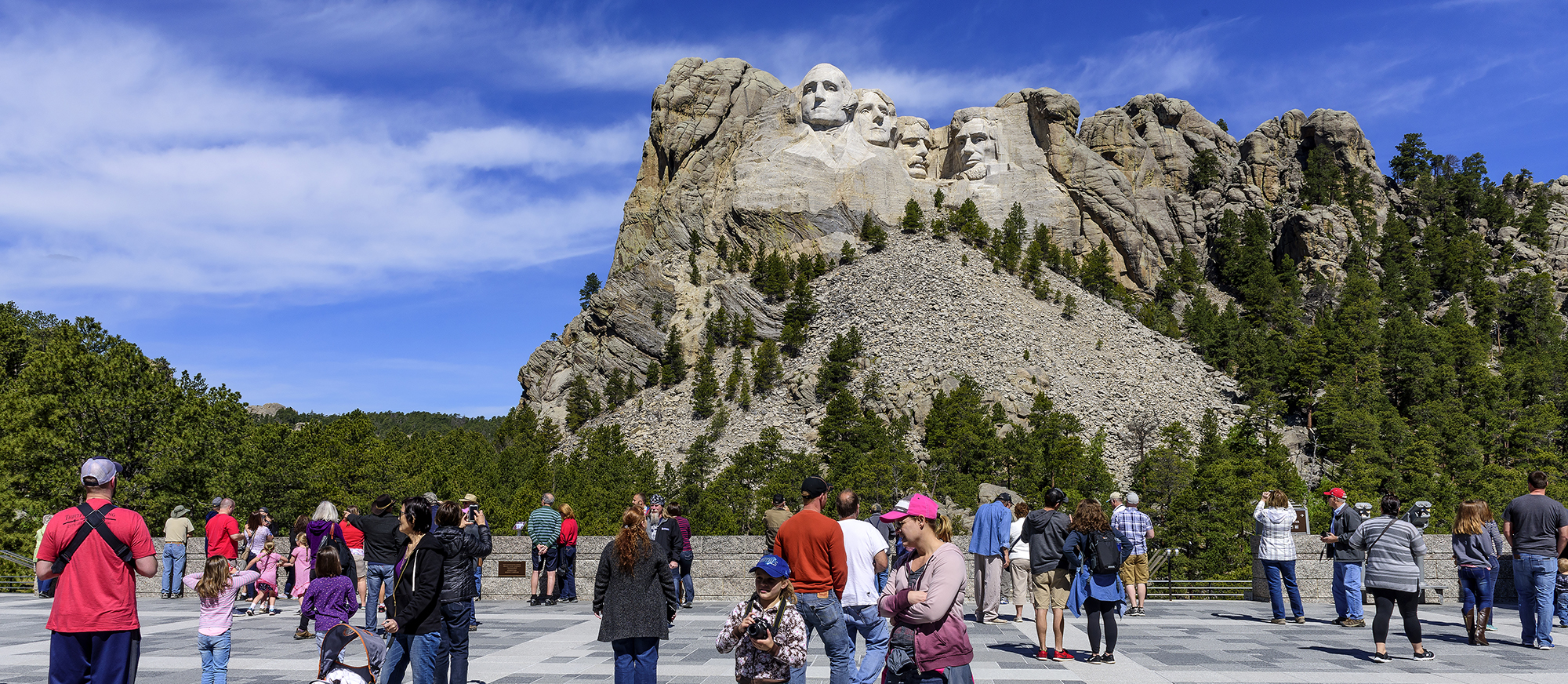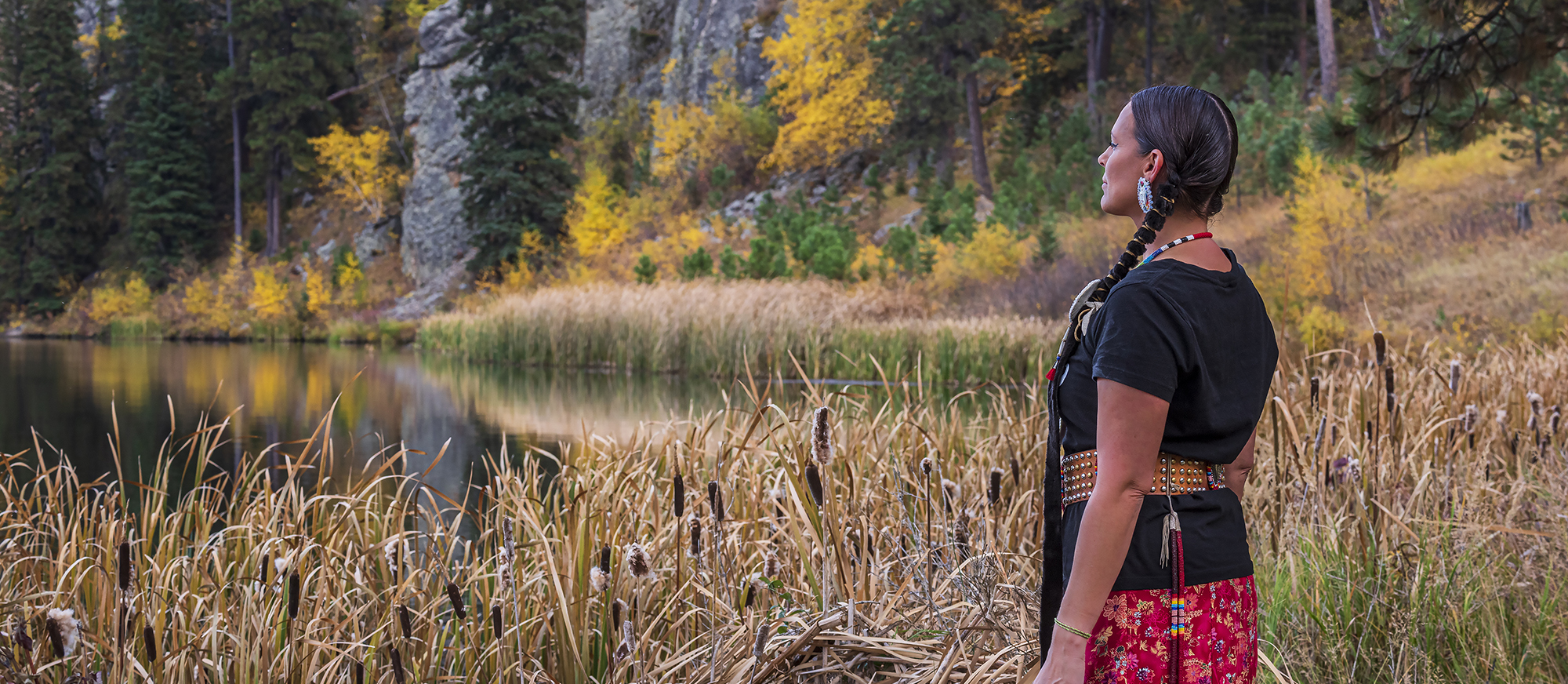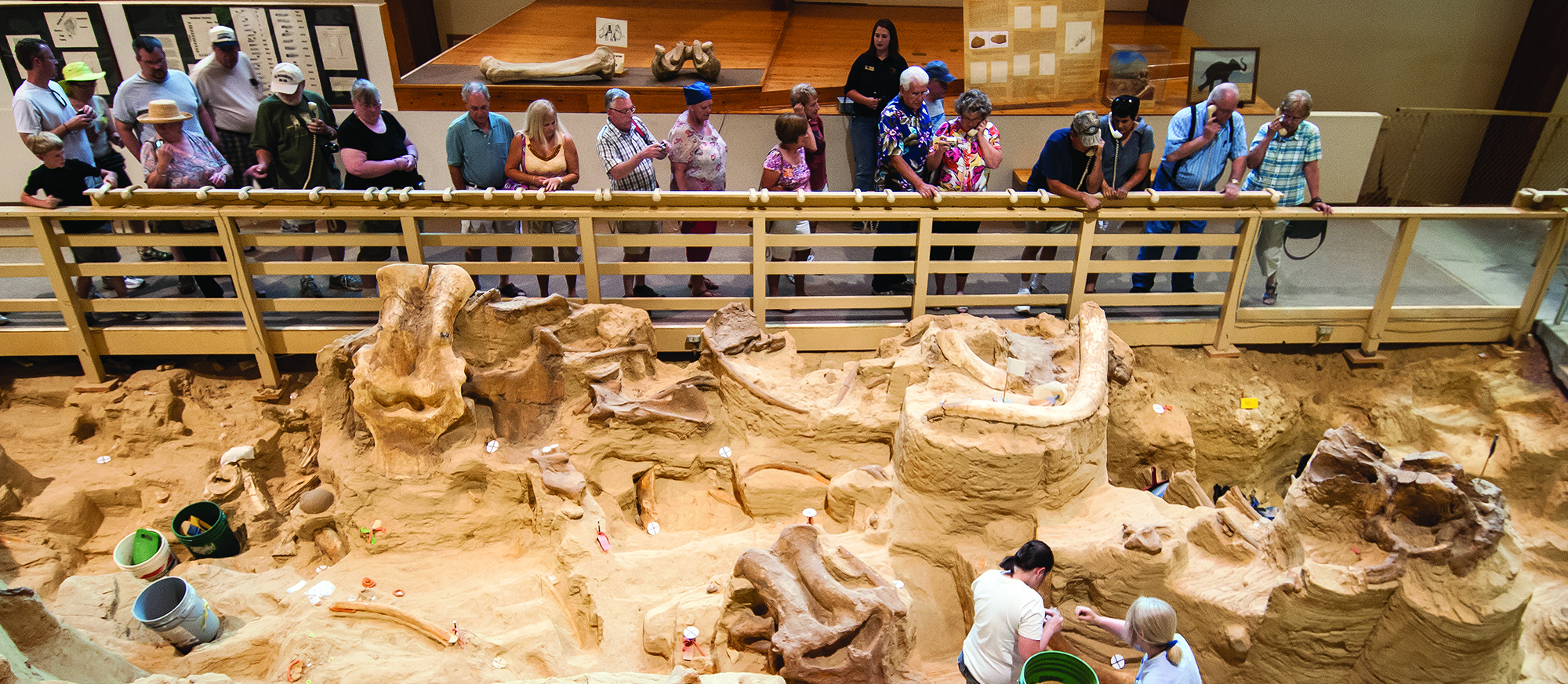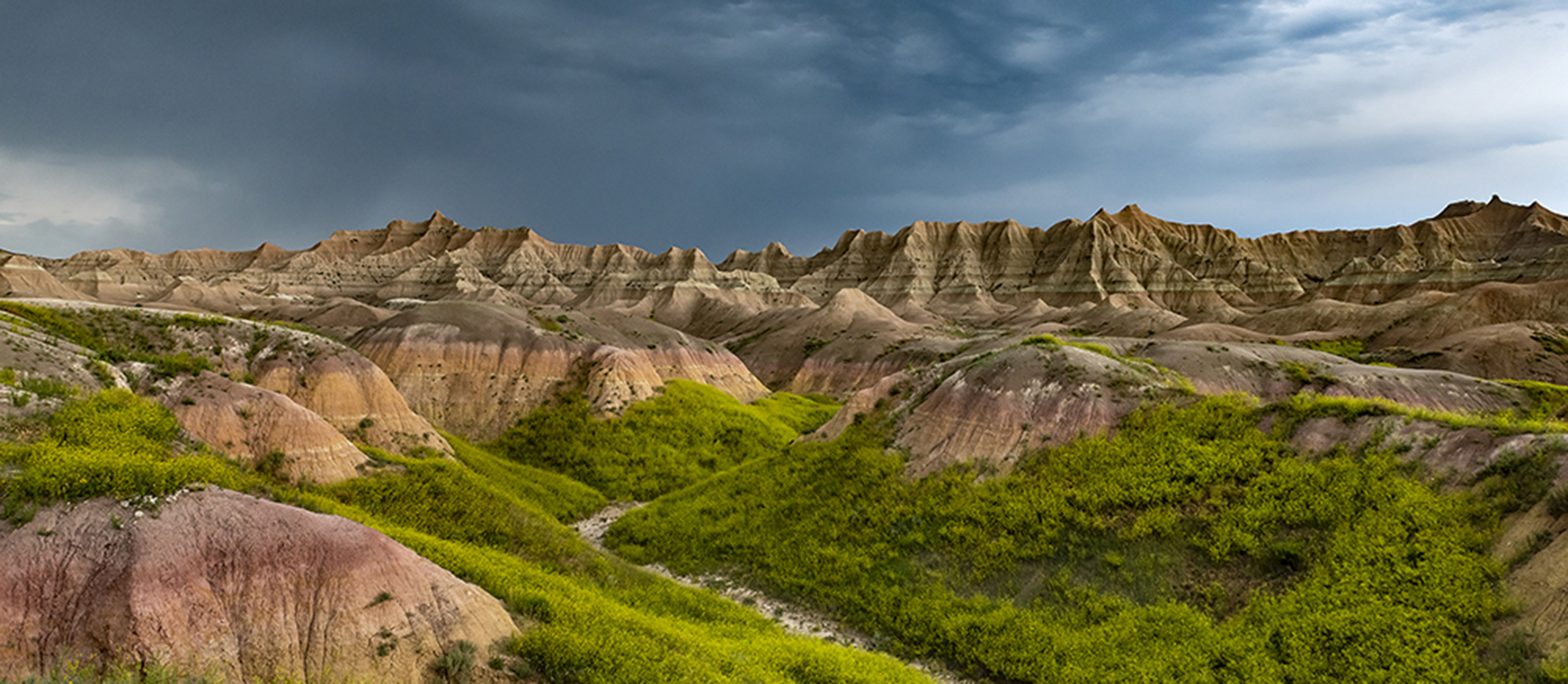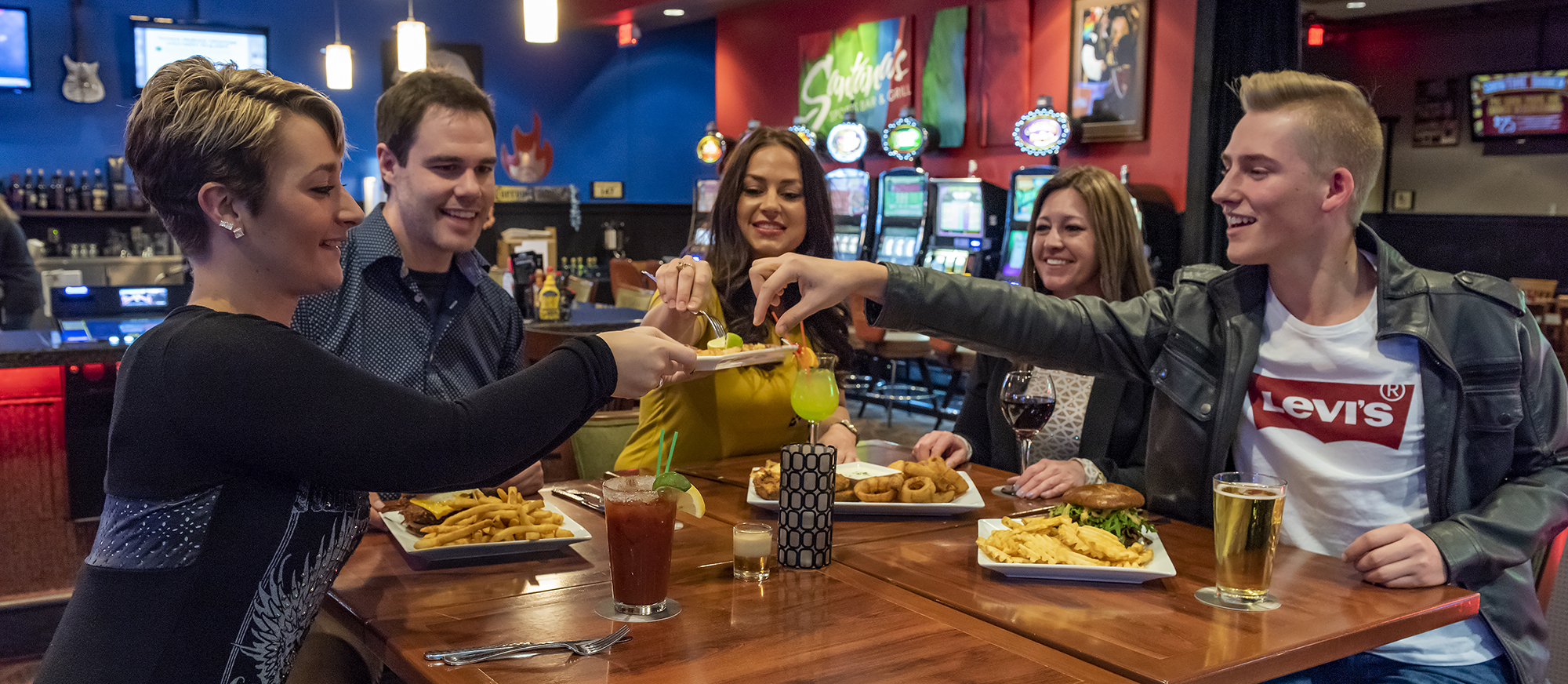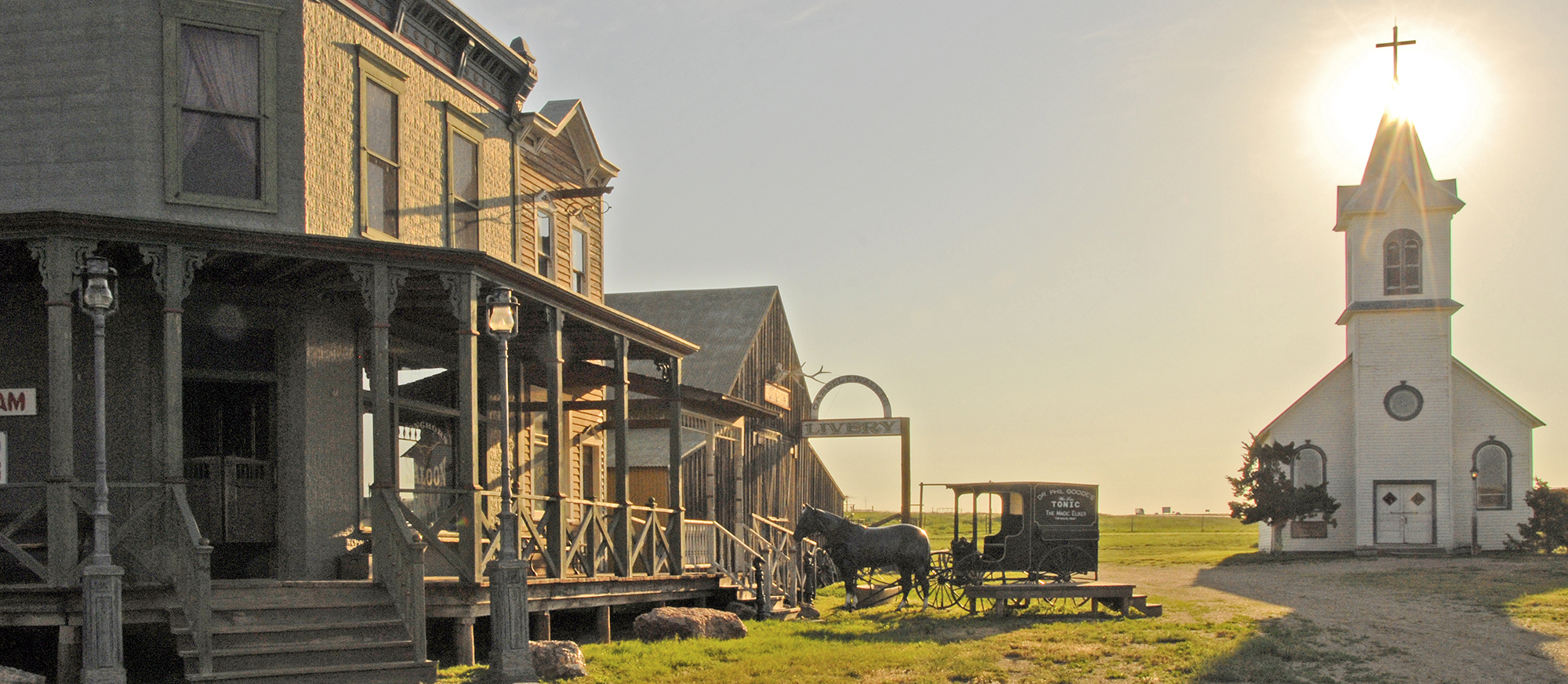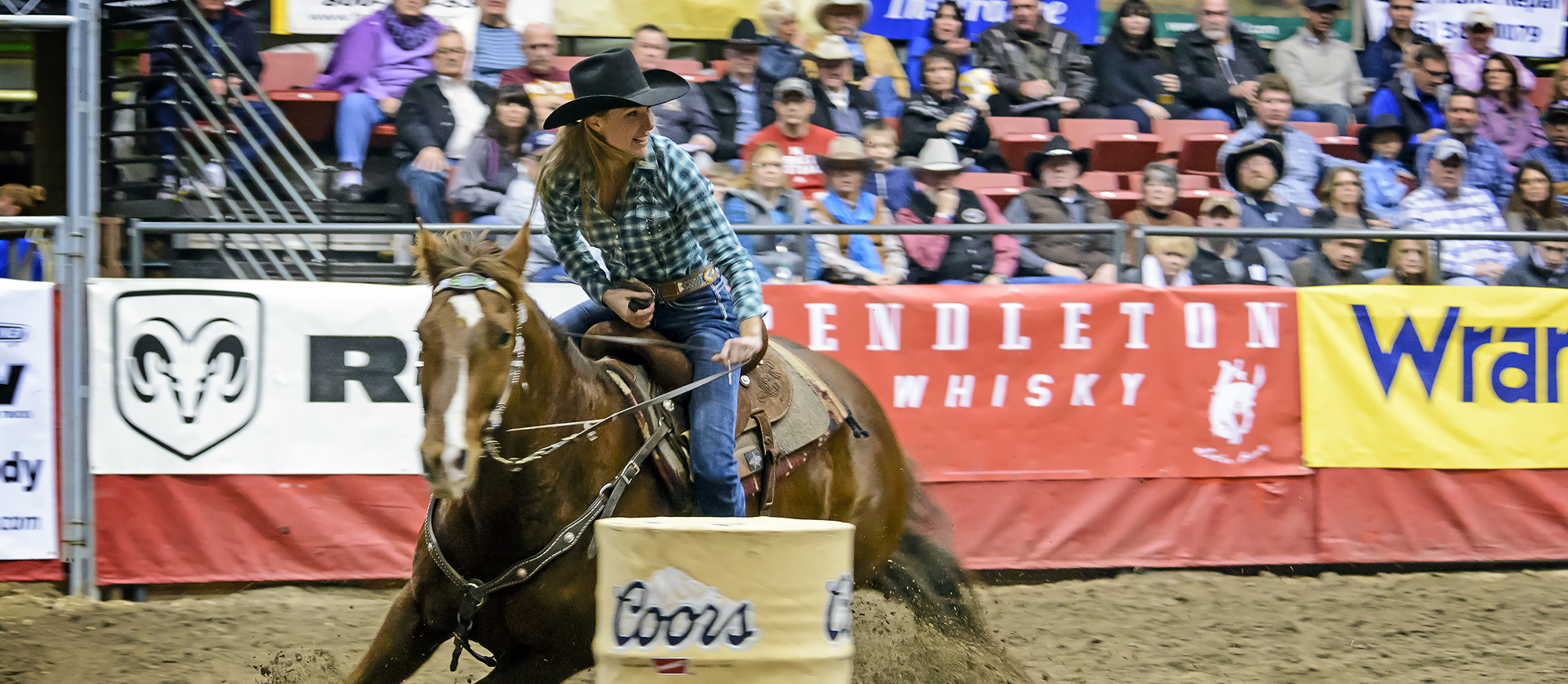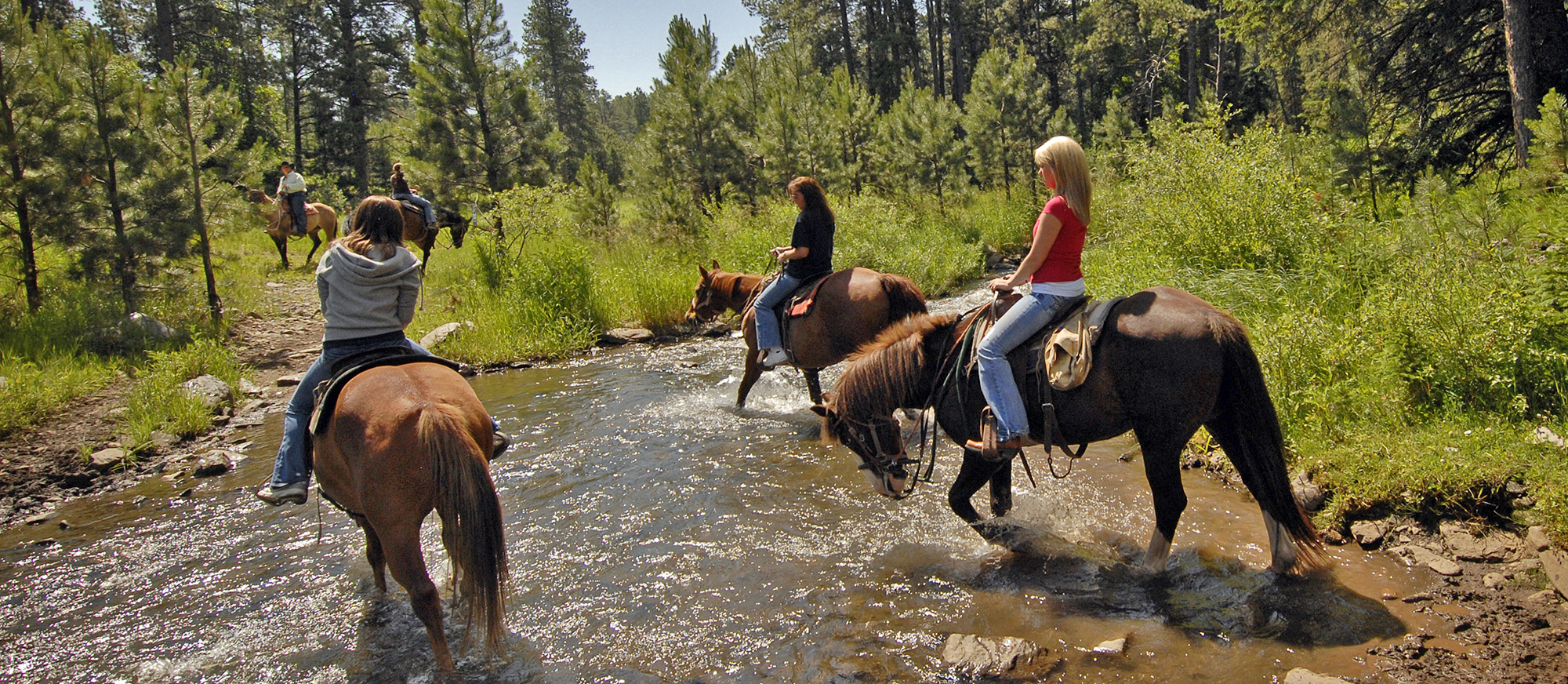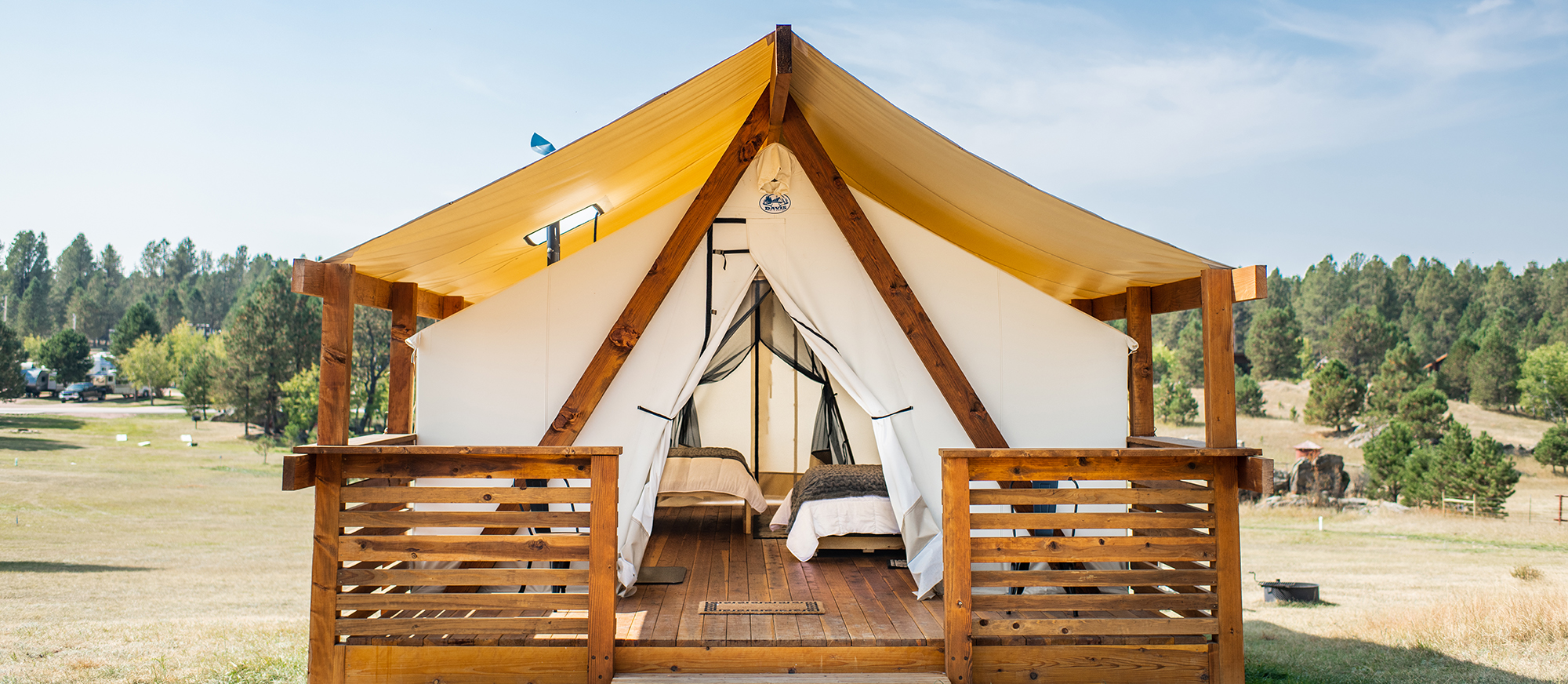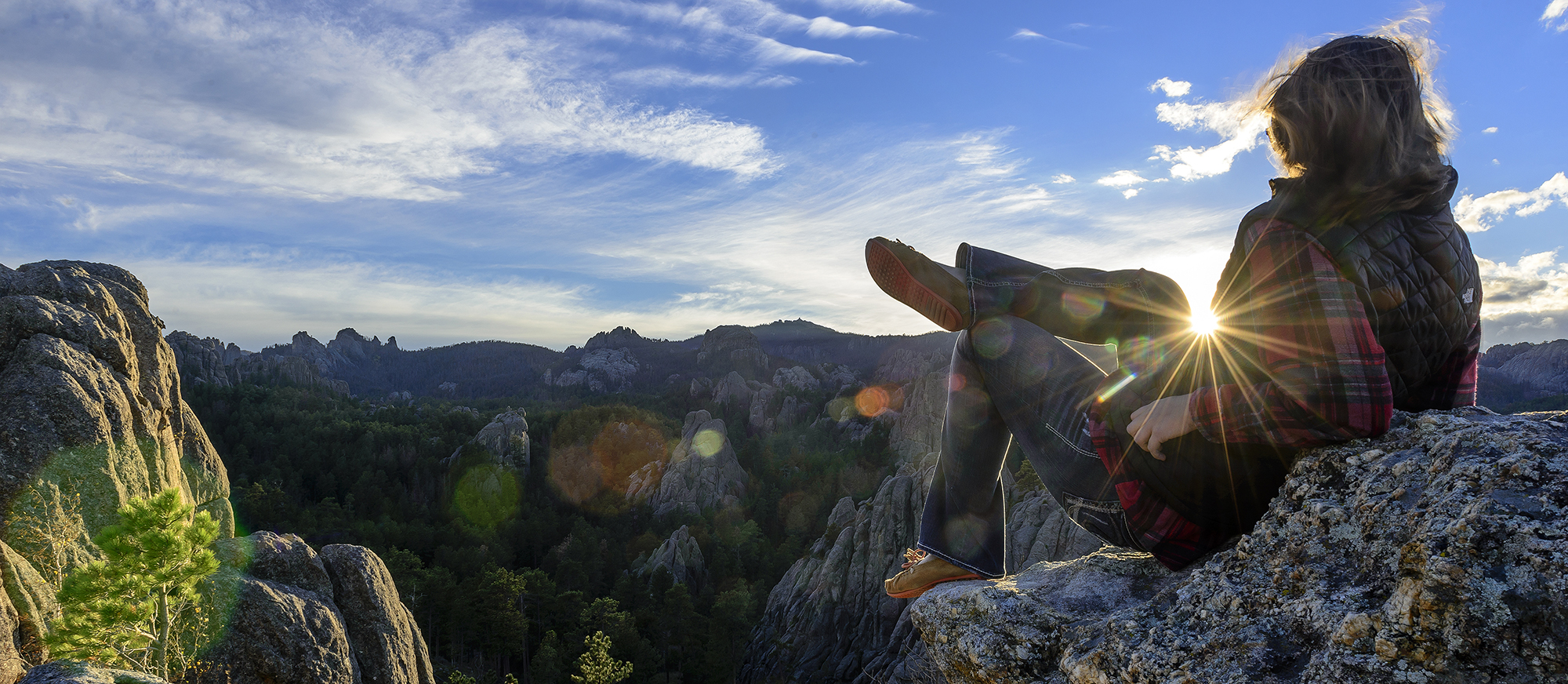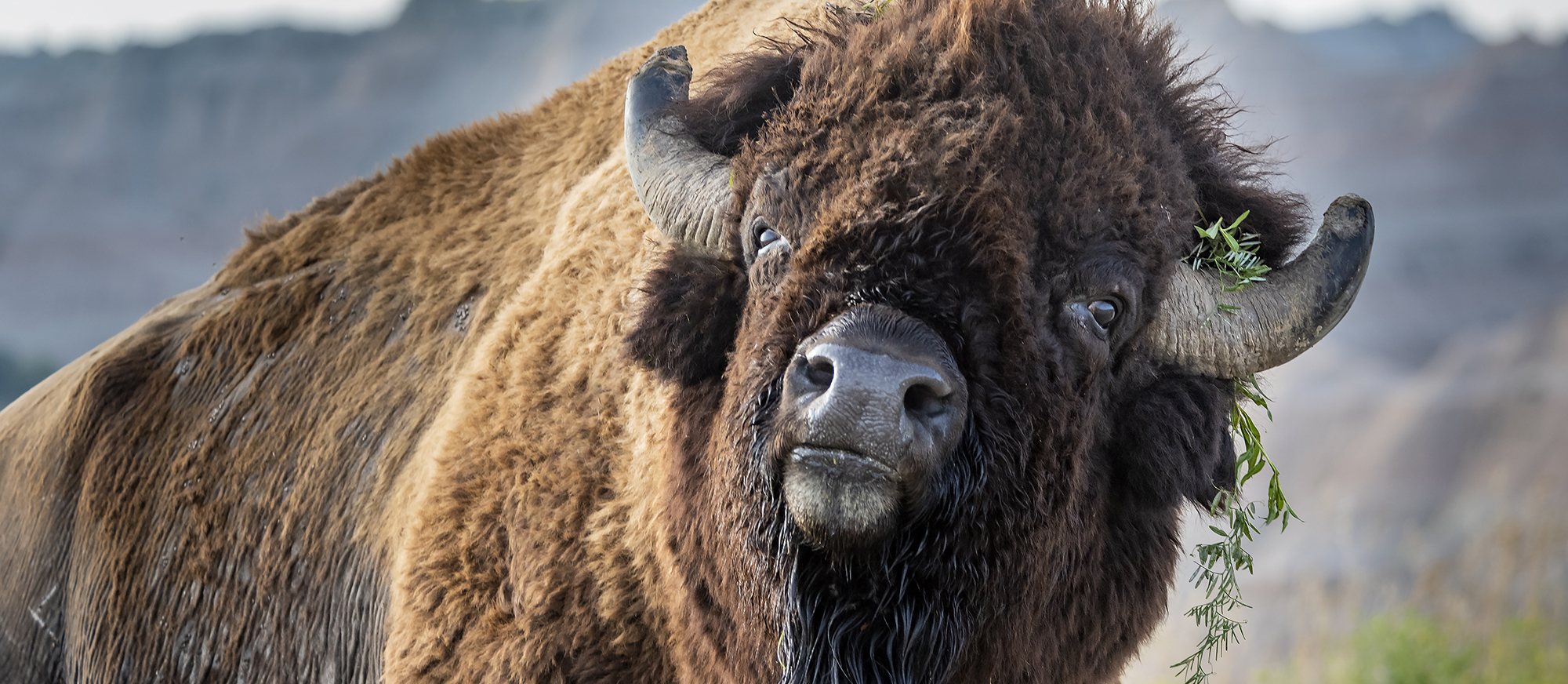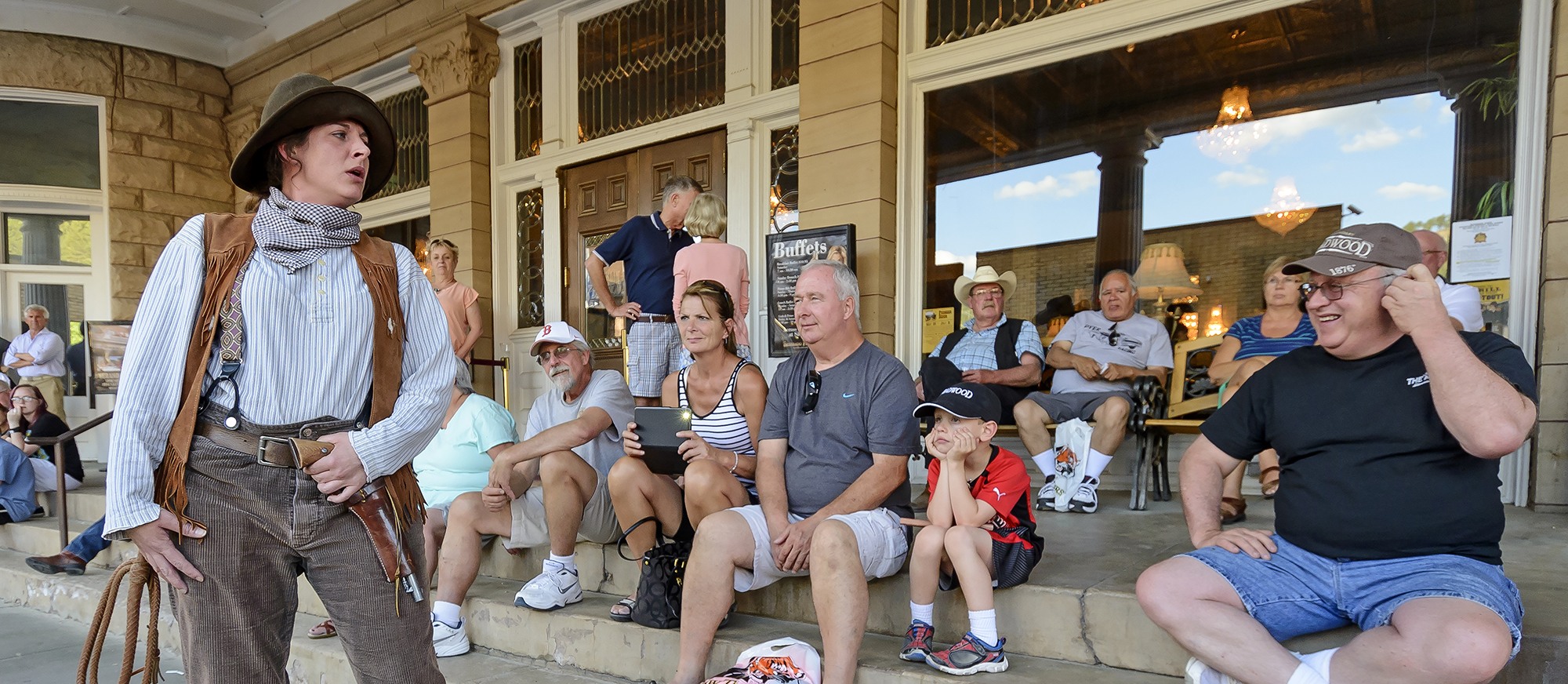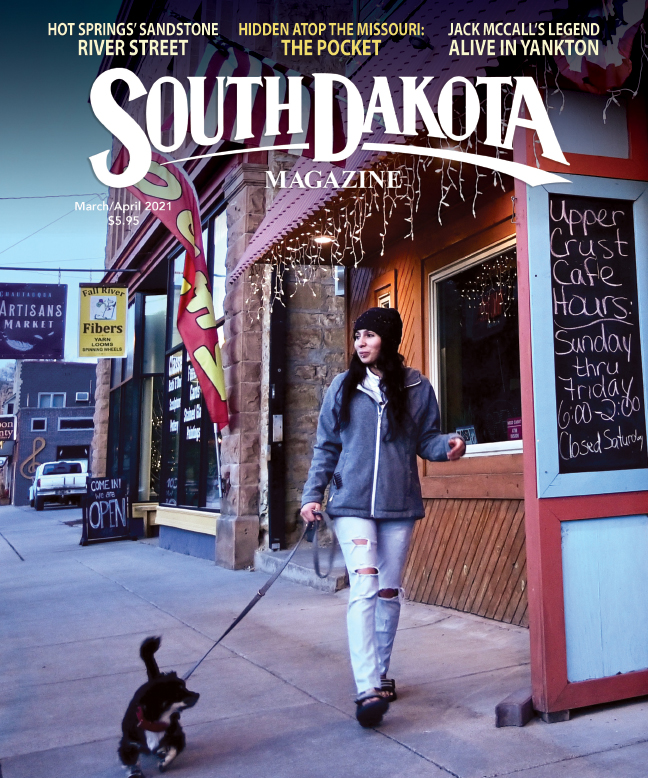FUN FACTS
With 18 lakes and over 300 miles of rivers and streams that are great for fishing, it’s no wonder that casting a line is incredibly popular with residents and visitors alike.
The roadside attraction Wall Drug Store used to attract travelers with free ice water back in 1931. Now the lure is 5-cent coffee, handmade donuts and quirky photo ops.
The Black Hills boasts one of the largest motorized trail systems in a national forest and has 21 designated motorized trailheads.
Welcome to the Black Hills & Badlands!
More stories on Black Hills & Badlands…
The Beauty That is Hermosa
Hermosa is Spanish for beauty, a fancy name for a working man’s town of 400 people on the eastern slope of the Black Hills where the most noticeable architectural feature is the county fairgrounds.
The town was named by railroaders who loved the mountain views to the west, as well as grassland vistas to the south, east and north. Those natural charms haven’t faded in the 134 years since the naming, and the town has developed a richness of character that now befits its name.
Prospecting in the Hills
“We never sell the gold,” Kathleen Flanagan, secretary of the Black Hills Prospecting Club, tells me over lunch in Rapid City. “It’s the first question everyone asks.”
This doesn’t make much sense to me. Why else would someone go out panning for gold?
And then the members of the club bring out their favorite nuggets. Almost all of them have brought their best finds to lunch. Most are kept in small vials filled with water or mineral oil.
The Dusty Trail
South Dakota has thousands of miles of gravel roads, but perhaps none so packed with history and nature as the stretch known as the Fort Meade National Backcountry Byway.
The 5 miles of winding gravel known locally as the Old Stone Road begins at Exit 34 along Interstate 90 and ends at the grounds of old Fort Meade, a military post on the outskirts of Sturgis and in the shadow of Bear Butte that remained active from 1878 to 1944. Army engineers had called for a fort on the outskirts of the Hills for 20 years because they feared an Indian war would likely break out in the prairies below Bear Butte. But the government didn’t act until gold was discovered in the Black Hills in 1874.
Exploring Deer Haven
In South Dakota you can social distance outside. There’s no Times Square out there. And the distances are greater.
Inside may be safer but it can become a prison, a dungeon with a tiny window installed by Apple or Samsung. That window is where you find us, and we are rowdy house guests.
And South Dakota is home to the badlands. The Badlands. There is no place as unconfined.
The Conata Basin is a grassy bay between the main Badlands wall and an intersecting ridgeline that branches south and east. By night, black-footed ferrets, back from near-extinction, hunt prairie dogs.

